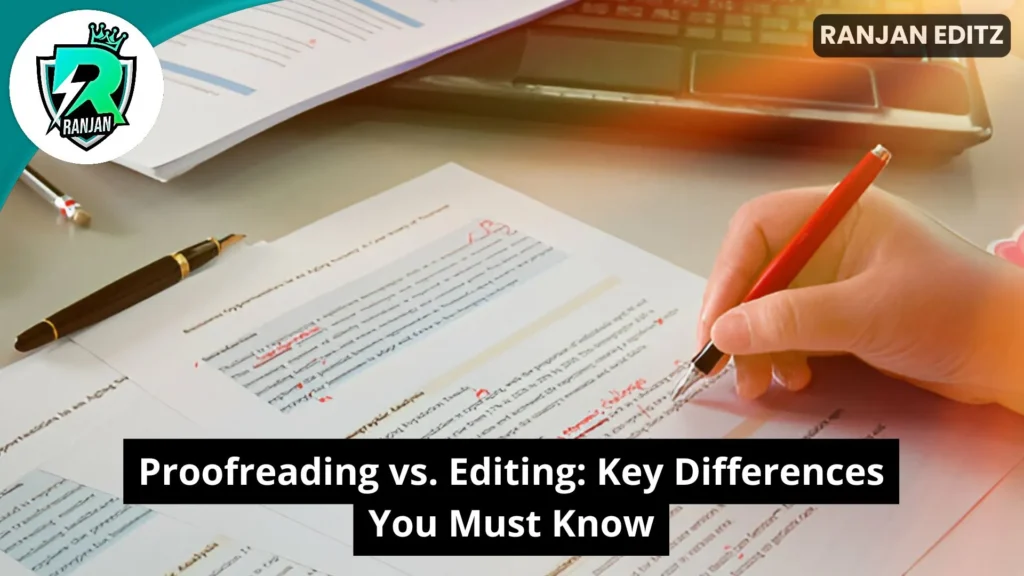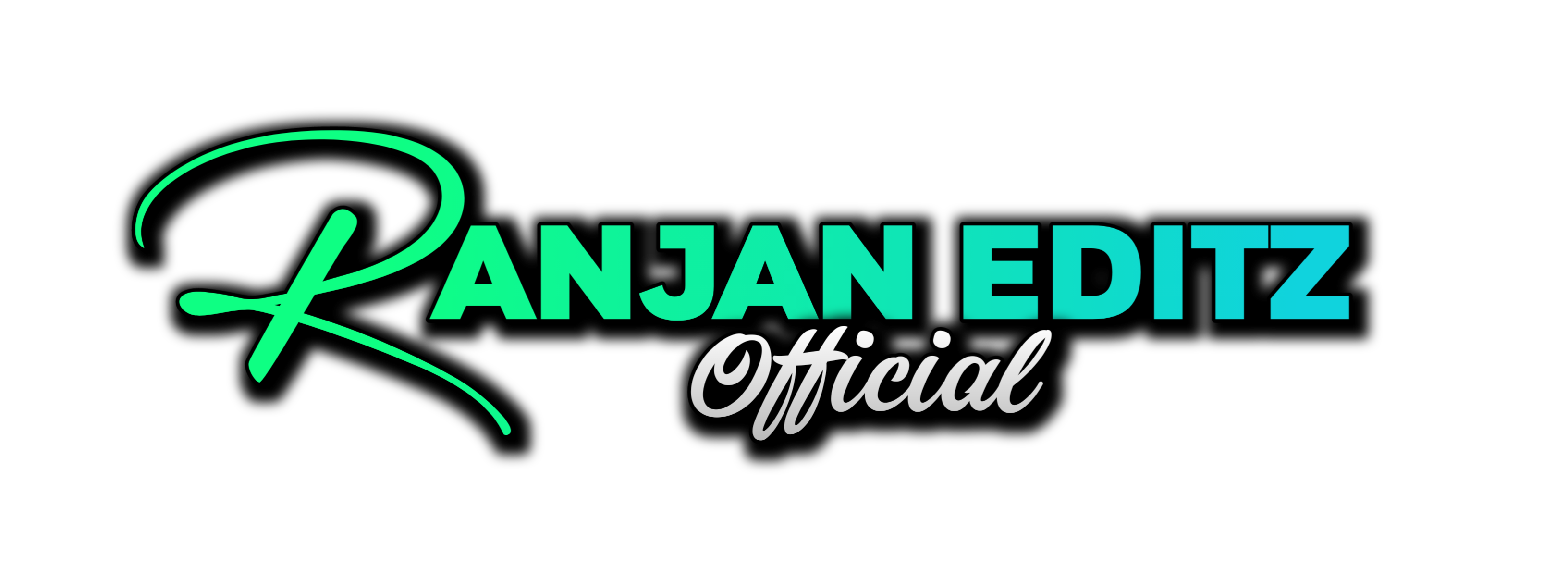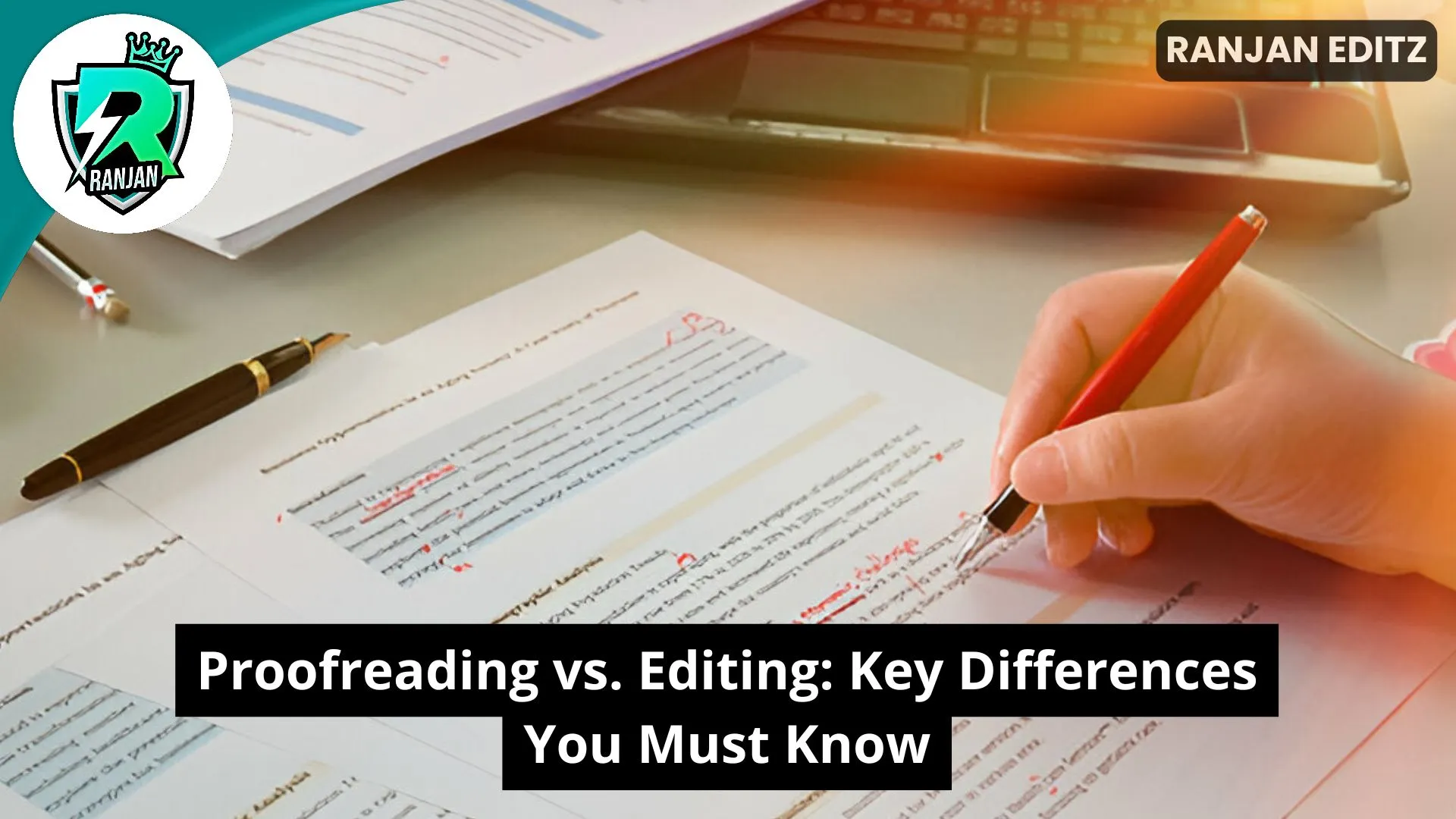Proofreading and Editing represent different steps which deserve clear comprehension for any writer.
Writing and publishing benefit from two essential procedures which guarantee document professionalism through editing and proofreading. The terms tend to get confused or merged together by multiple users although they execute separate functions. Knowledge about the fundamental distinctions between proofreading and editing will enable anyone from students to authors to business professionals to increase their writing quality.
Table of Contents
What is Editing?
Content revision through editing allows writers to improve their work by making their text both easily understandable and functional in its original purpose. The editor must transform the composition while also selecting better words and building a connected sequence of ideas. Editors make content more accessible for readers while enhancing the main points in addition to matching content direction with targeted demographics.

Editing requires various stages of advancement.
- A completed developmental edit constitutes the deepest form of editing which addresses both structure and content.
- Substantive Editing represents Line editing because it centers on transforming sentence structure to enhance clarity.
- At this stage the editor ensures that grammar remains correct and all punctuation points are proper while also maintaining consistent writing style.
The process of editing must happen before proofreading according to the essential aspects every person should understand about proofreading versus editing. After the document becomes free of structural and content issues the editor accepts it for proofreading duties.
What is Proofreading?
A proofreader performs their work as the last step leading to publication. The process requires complete examination of written content to detect as well as rectify all issues with spelling mistakes and grammatical errors together with punctuation mistakes and document formatting problems. Proofreading prioritizes the detection of accuracy problems while maintaining consistency throughout the document instead of performing content revisions which editing does.
Key aspects of proofreading include:
Fixing typographical errors
Correcting grammar and punctuation mistakes
- A uniform system for formatting and style should remain consistent.
- A thorough check must be performed to detect both missing words and duplications.
- The essential distinctions between proofreading and editing need readers to understand that proofreading checks the surface of texts yet editing performs an extensive text revision.
- These two related tasks differ in fundamental ways when it comes to manuscript evaluation.
The following discussion explains proofreading differences along with editing distinctions which writers need to understand:
Editing requires thorough change and style work which stands different from proofreading which detects only surface-level errors.
Proofreading deals with grammatical errors together with punctuation issues and formatting problems yet editing works to build superior clarity and logical flow and better readability.
Editing begins in early to middle content development phases but proofreading takes place when content reaches the publication deadline.
Proofreaders and editors possess distinct skill sets where editors need advanced writing knowledge about structure together with tone and clarity and proofreaders must maintain exact grammar and detailed reviewing abilities.
Editors work with Grammarly and Hemingway Editor and ProWritingAid software yet proofreaders primarily use spelling tools along with style guides including The Chicago Manual of Style or the APA guidelines.
Why Both Editing and Proofreading Are Important
The knowledge of fundamental distinctions between editing and proofreading leads to high-quality content production. These two stages play vital roles for distinct purposes because of their different purposes.
Through editorial refinement writers achieve better readability and more impactful written work by adjusting their sentences together with their word selection.
The elimination of errors together with professional accuracy is what proofreading provides to create professionalism in documents.
Writing academic papers alongside business and novel reports requires performing editing and proofreading steps separately because their absence can produce unprofessional finished content.
When to Choose Editing or Proofreading
At which point of the writing process you are determines whether you need editing or proofreading services. Here’s a quick guide:
Choose Editing If:
- The content requires both organizational and material revisions.
- Your aim is to improve both clarity and organization of the text.
- You require assistance in developing your arguments together with your ideas.
Choose Proofreading If:
- Your document has reached a state where it needs a last review before submission
- The removal of grammar along with punctuation mistakes needs your attention.
- Uniform document formatting needs to be confirmed throughout the content.

